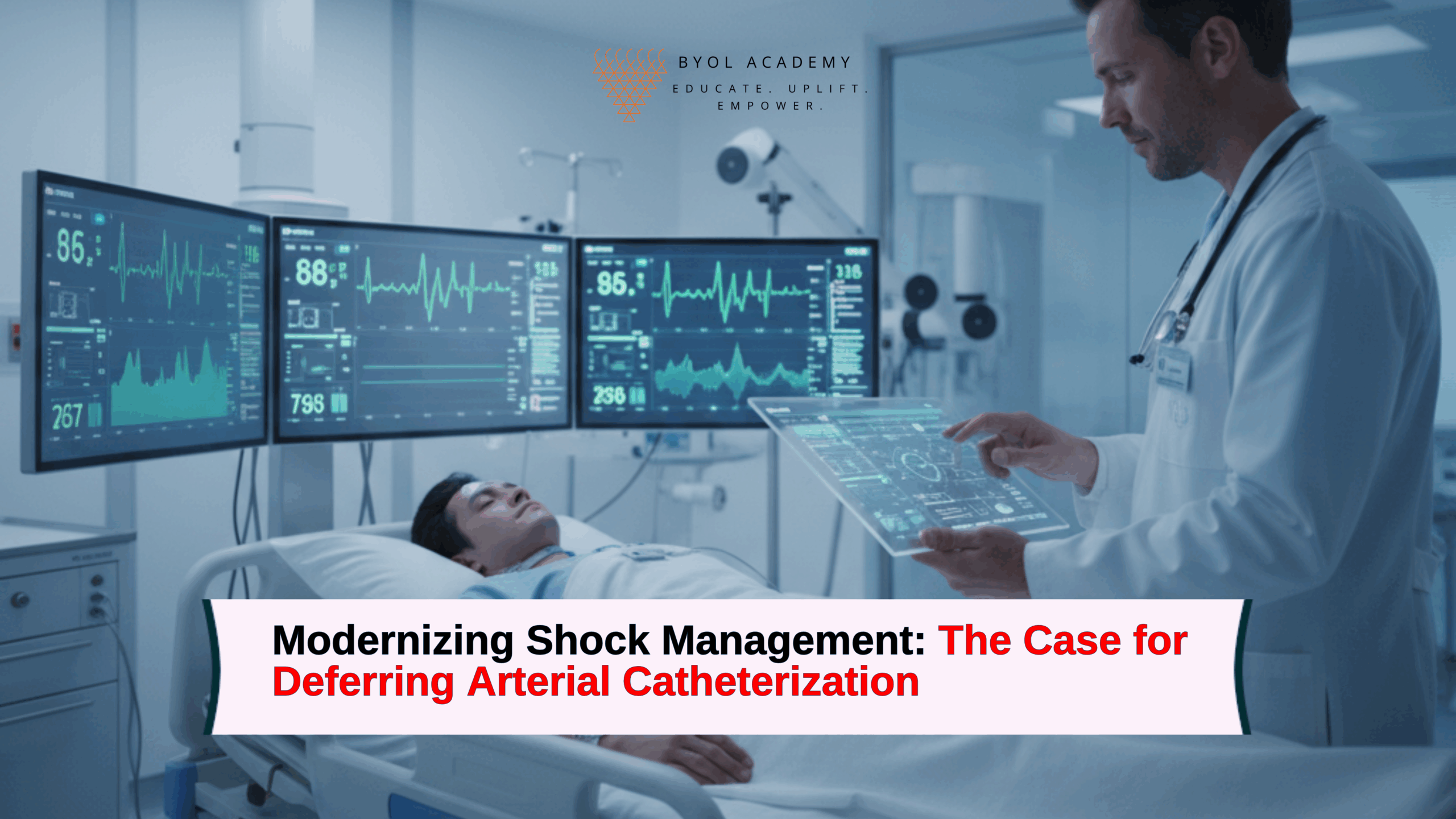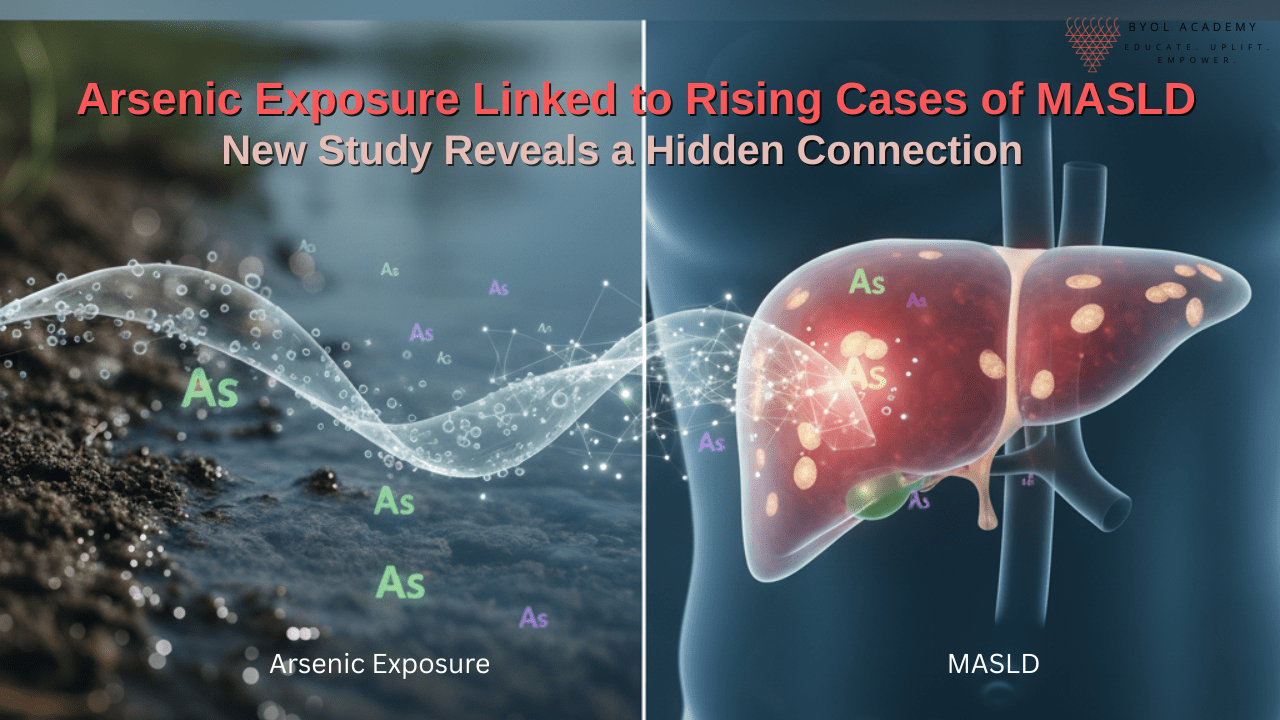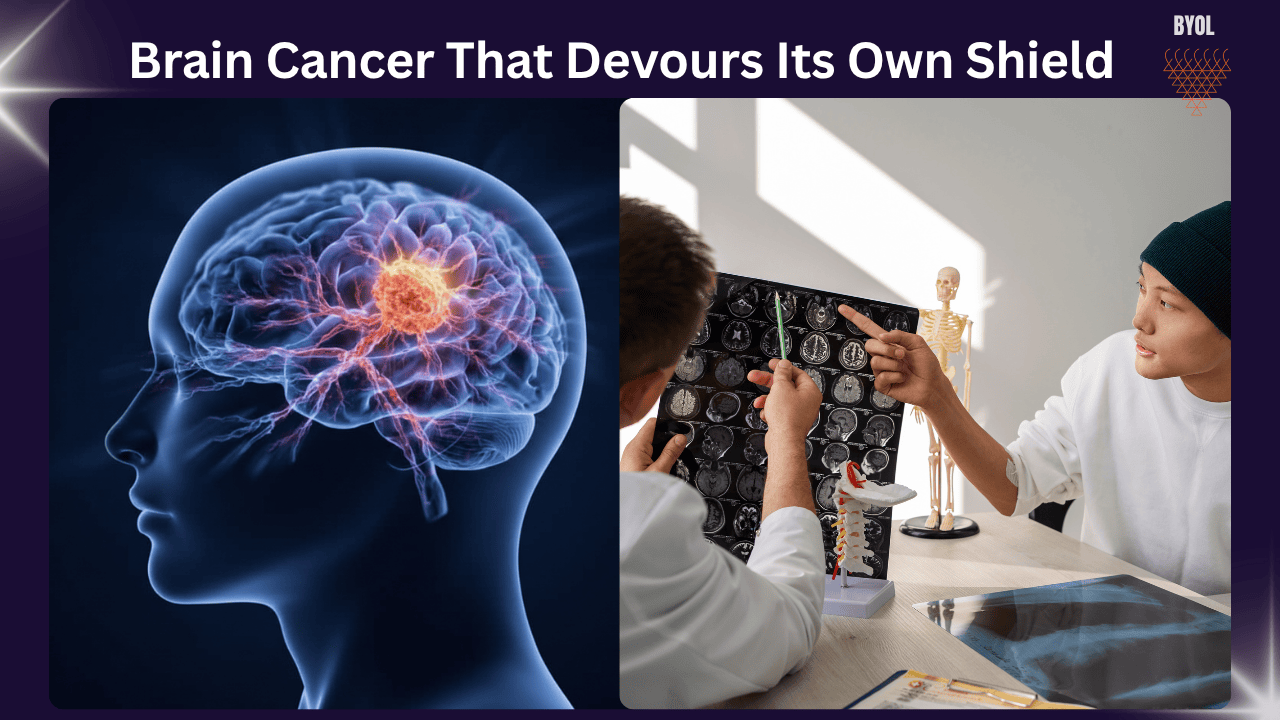The Changing Face of Critical Care Arterial catheterization has long been considered a cornerstone of hemodynamic management in patients with […]
Role of AI chatbots in MRI interpretation and Tumour Detection

Understanding MRI and Its Role in Tumour Detection
MRI is one of those medical terms everyone has heard, often during a hospital visit or in a movie scene, yet few understand how it actually works. Magnetic Resonance Imaging (MRI) is one of the most advanced and widely used tools in modern medicine. It uses a powerful magnetic field and radio waves to align hydrogen atoms in the body and detect the signals they emit as they return to their normal state. These signals create highly detailed pictures of internal organs and tissues such as the brain, liver, and muscles. Unlike X rays or CT scans, MRI does not use radiation.
In the context of tumour detection, MRI plays a crucial role. It helps radiologists and oncologists in identifying the exact location, size, and nature of a tumour, and whether it is spreading to nearby tissues. The scans help radiologists in describing the tumour’s shape, edges, blood supply, and its relationship to nearby organs, all of which are essential for diagnosis and planning treatment, including surgery or radiation.
After the scan, radiologists write a detailed report and give opinion on these findings. However, such reports are often written in highly technical medical language filled with medical jargons like “heterogeneous enhancement,” “lesion margins,” or “contrast enhancement.” For most patients, understanding such reports without a doctor’s explanation is almost impossible. This is where chatbots like ChatGPT and Deepseek are beginning to make a difference.
What are chatbots and how they are trained to read MRI reports
Chatbots are artificial intelligence (AI) programs designed to understand human conversation. Modern chatbots are powered by generative AI, a type of advanced AI that can create new text, images, or ideas based on the data it has learned. Instead of simply following fixed commands, generative AI understands context, reasons through information, and produces human like responses in real time.
When these chatbots are built using large language models (LLMs), they can process vast amounts of data, including complex scientific and medical information. These models learn from millions of examples such as medical textbooks, journals, clinical guidelines, and radiology reports, enabling them to understand how doctors describe and interpret diseases and imaging findings. Over time, the chatbot develops the ability to recognize patterns, interpret medical terms, and explain them in simple, patient friendly language.
In medical imaging, AI chatbots such as RadiologyGPT, Glass AI, Qure.ai Assistant, and Tempus (formerly Arterys) are being increasingly used to assist radiologists in interpreting scans, generating structured reports, and detecting abnormalities. Designed to understand radiology specific terminology, RadiologyGPT and Glass AI help summarize findings from imaging studies. Qure.ai Assistant, developed in India, is widely adopted for analyzing chest X rays, CT scans, and brain images to identify early signs of disease. Tempus, which now integrates the capabilities of Arterys, uses AI powered imaging insights to support precision medicine by linking radiology data with clinical and genomic information. Together, these advanced chatbots are transforming radiology by
improving efficiency, accuracy, and accessibility in diagnostic imaging.
The Research Behind AI Chatbots in MRI Interpretation
The research was conducted at the Peking Union Medical College Hospital, Chinese Academy ofMedical Sciences, Beijing, China, and was published in the journal Scientific Reports on 25 August It was a cross sectional analysis involving 6,174 MRI reports from tumour patients who
underwent scans between January 1, 2019, and December 31, 2024, across three hospitals. Two artificial intelligence (AI) chatbots, GPT o1 preview (Chatbot 1) and Deepseek R1 (Chatbot 2), were evaluated for their ability to interpret these reports, classify tumour characteristics, assess the necessity of surgery, and suggest possible treatment options.
The MRI reports, interpreted by radiologists, provided detailed descriptions of both normal anatomical structures and abnormal lesion signals, along with concise preliminary diagnoses. Two independent reviewers examined the original MRI reports and corresponding scans, categorizing findings as benign, atypical, or malignant. In cases where the reviewers disagreed, a third oncologist made the final decision. To maintain patient confidentiality, all identifying information, including patient names, registration numbers, examination dates, and physician details, was anonymized before analysis.
The main objective of the study was to evaluate the performance of AI chatbots such as ChatGPT and Deepseek R1 in translating complex MRI reports into patient friendly language and offering clinical recommendations. During the study period, the chatbot models were presented with queries derived from the original reports. The chatbots were required to answer four specific questions: first, to explain the report in a way understandable to a layperson; second, to classify the lesion as benign, atypical, or malignant; third, to determine whether surgery was necessary; and fourth, to recommend an appropriate treatment plan based on the findings.
All responses generated by the chatbots were subsequently reviewed by medical experts. Each set of responses was independently assessed by two medical reviewers, and any discrepancies were resolved by consulting a third oncologist to ensure accuracy and fairness in evaluation.
Key Findings from the Research
The results of the study demonstrated that both AI chatbots significantly improved the readability and accessibility of MRI reports compared to the reports written by radiologists. However, the performance of Deepseek R1 was consistently superior to that of GPT o1 preview across multiple evaluation parameters, including accuracy, readability, empathy, and clinical relevance.
The original MRI reports were highly technical and often difficult for patients or their relatives to understand. When interpreted by the chatbots, however, the language became much simpler and easier to comprehend. In tests of medical accuracy, Deepseek R1 again outperformed GPT o1 preview. It correctly classified tumour types as benign, atypical, or malignant in 92.05 percent of cases, compared to 89.03 percent for GPT o1 preview. In determining the necessity of surgery, Deepseek R1 achieved 95.12 percent accuracy, while GPT o1 preview scored 84.73 percent.
In addition to accuracy, the study evaluated how empathetic and clinically useful the chatbots were in their responses. Both chatbots displayed a high degree of empathy when communicating findings, with median empathy scores around 4 on a 5-point Likert scale.
However, the results were not completely perfect. There were some errors in the form of “hallucinations,” which are commonly seen in AI chatbots. This refers to situations where the chatbot generates information that is incorrect or fabricated. In this study, it led to misinterpretation of specific medical terms, such as “heterogeneous enhancement” or “invasion,” which caused incorrect tumour classifications and inaccurate assessments. These issues highlight that AI chatbots are still far from perfect in analysing complex medical jargon.
The Future Role of AI Chatbots in Medical Imaging
The study highlights an exciting and promising future for the use of AI chatbots in medical imaging including modalities such as sonography, X ray, CT scan, and MRI. These AI tools have the potential to transform the way imaging information is interpreted by making complex scan reports more understandable for patients, offering instant explanations, and reducing the workload of doctors who often spend considerable time interpreting and simplifying findings.
In my opinion, the future of healthcare will inevitably move toward AI assisted practice. Hospitals will need to adopt intelligent systems where doctors and chatbots work hand in hand. Rather than replacing medical professionals, AI should be seen as a supportive tool that offers a second opinion, helping to ensure that nothing important is overlooked due to human error. Such collaboration between medical professionals and AI systems would not only improve diagnostic accuracy but also enhance the overall quality of patient care. Ultimately, this integration of technology and clinical expertise promises a healthcare environment that is more efficient, transparent, and patient centred, benefiting both doctors and patients alike.
However, complete replacement of doctors with chatbots is neither possible nor advisable. Supervision by a doctor remains an essential part of patient care and is necessary to verify the chatbot’s interpretations. Ethical guidelines and data privacy will also be critical as AI becomes more integrated into clinical practice. The role of AI should be seen as complementary rather than competitive, supporting doctors in making faster and more accurate decisions. AI will not replace the human touch in medicine, but it will undoubtedly become one of the doctor’s most powerful allies.


